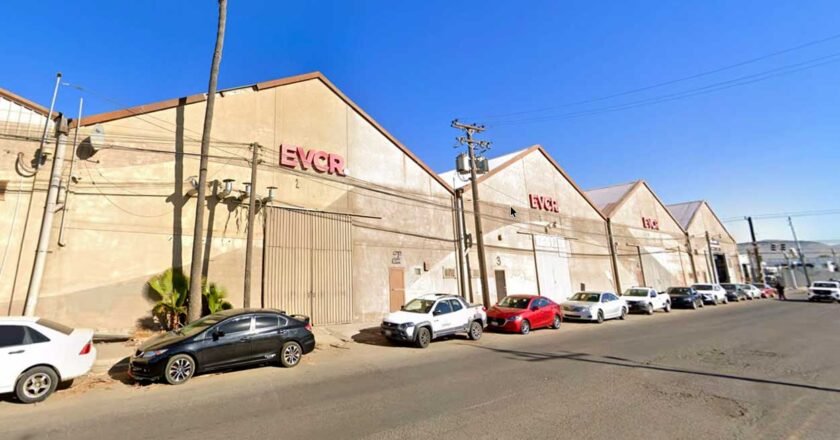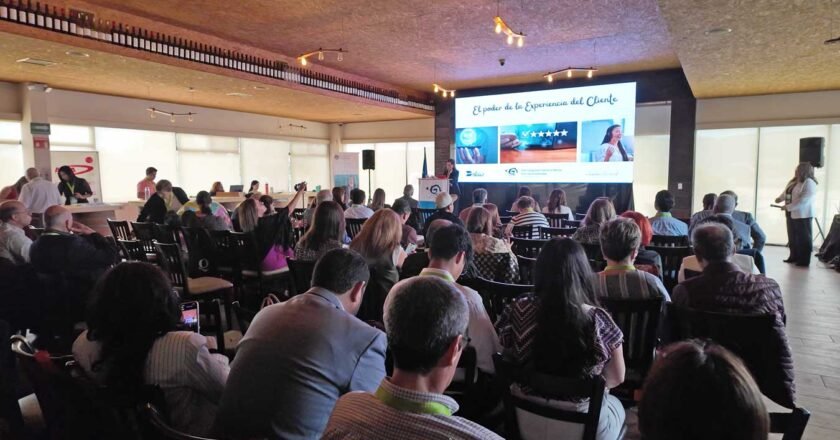They used to say: “LA-based. Ensenada made.” That was the tagline for EVCR—Evolution & Creation—the activewear brand that insisted its …


They used to say: “LA-based. Ensenada made.” That was the tagline for EVCR—Evolution & Creation—the activewear brand that insisted its …

Because Apparently, We Still Need More Places to Wi-Fi and Complain About Wi-Fi Mexico’s long-standing love affair with frappuccinos, “personalized” …

On September 26, 2025, the vineyards of Corona del Valle in Ensenada swapped their usual symphony of cork pops and …